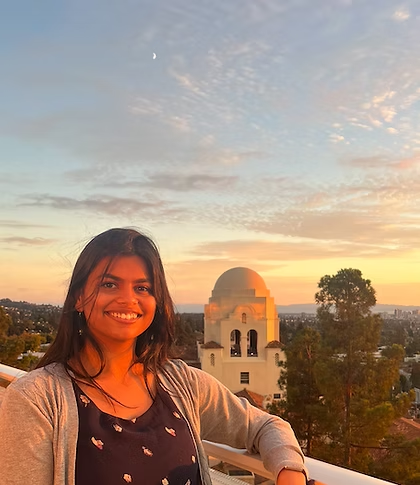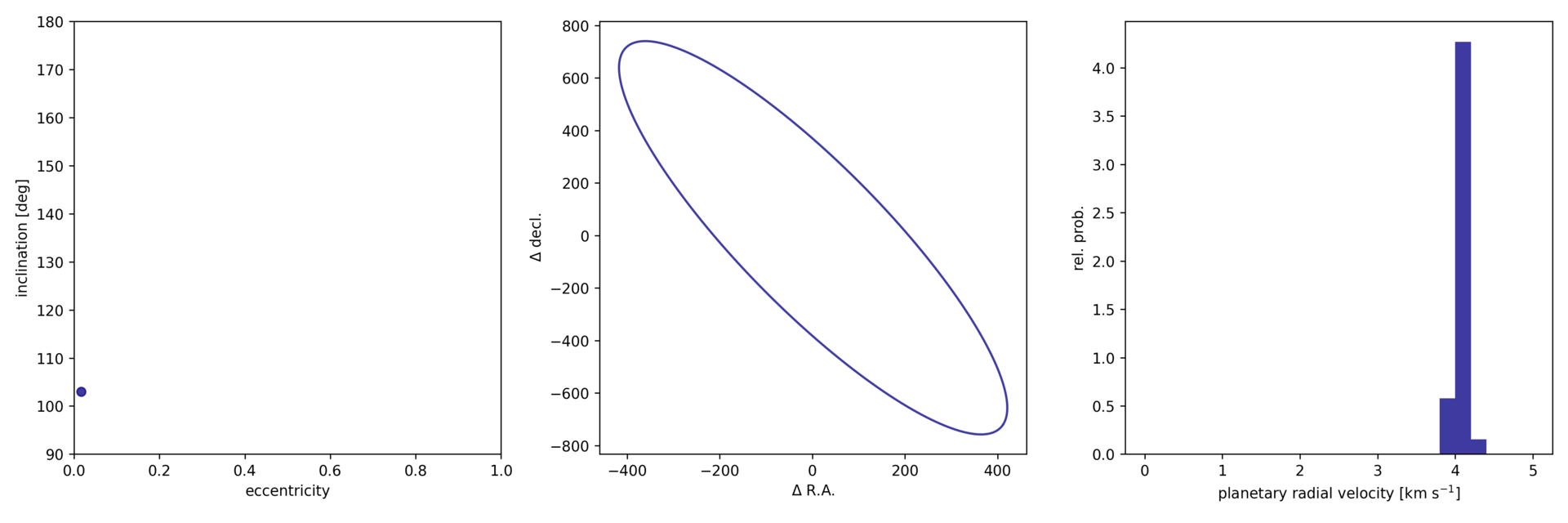Vidya Venkatesan

PhD Candidate in Astrophysics
Cold Planets, Fresh Eyes
In Venkatesan et al. (2025), we explored the habitability of eccentric extrasolar planets, which constitute ~20% of the known planetary population but remain underexplored in climate studies. Our findings revealed that above e ≳ 0.3, these planets experience extreme cooling at apoastron, forming CO₂ ice in addition to water ice. This highlights the importance of including parameterizations for CO₂ ice in climate models when modeling eccentric planets. Our work was featured on the front cover of the 25th-anniversary issue of Astrobiology.

Read the paper:
DOI ·
Orbital Dynamics of Cold Jupiters
In collaboration with Dr. Sarah Blunt, I am exploring the formation and dynamical evolution of giant planets, particularly in wide-orbit (>10 AU) regimes, where long formation timescales challenge traditional core accretion models. Precise orbital measurements offer critical insights into how these planets form and evolve, helping distinguish between processes such as disk-driven migration and dynamical scattering.
As part of this work, I use orbitize!, a flexible orbit-fitting tool, to refine the orbit of these planets. By incorporating high-resolution (R∼100,000R \sim 100{,}000R∼100,000) radial velocity (RV) measurements from CRIRES+ along with astrometric data from GRAVITY, SPHERE, and NACO, we are trying to quantify the orbital inclination and eccentricity that are common in long-period systems like GQ Lup B and HIP 65426 b. This project will provide new constraints for wide-orbit planet formation theories and demonstrate that even relatively low-precision radial velocity (RV) measurements can significantly enhance orbital characterization for distant exoplanets. This paper is submitted to ApJ and is currently under review.
